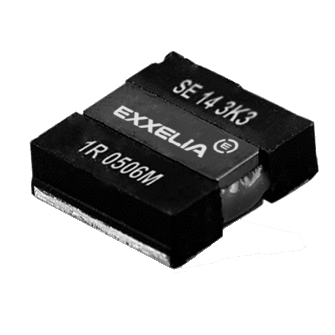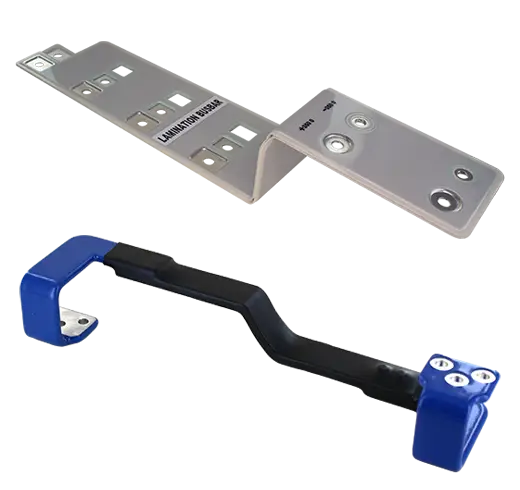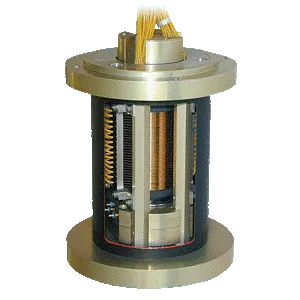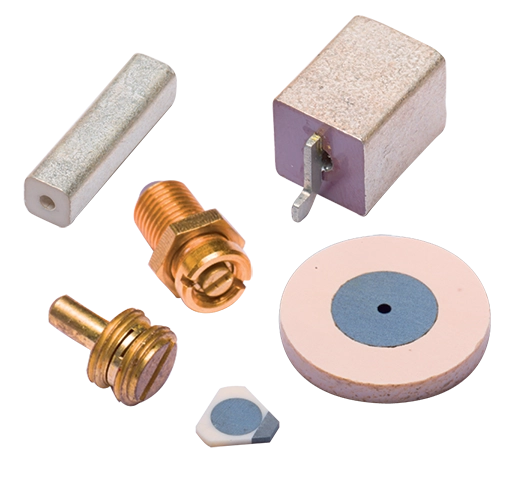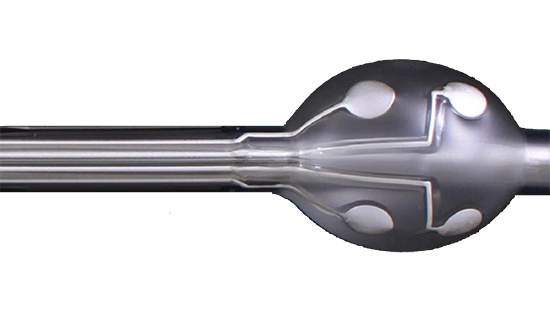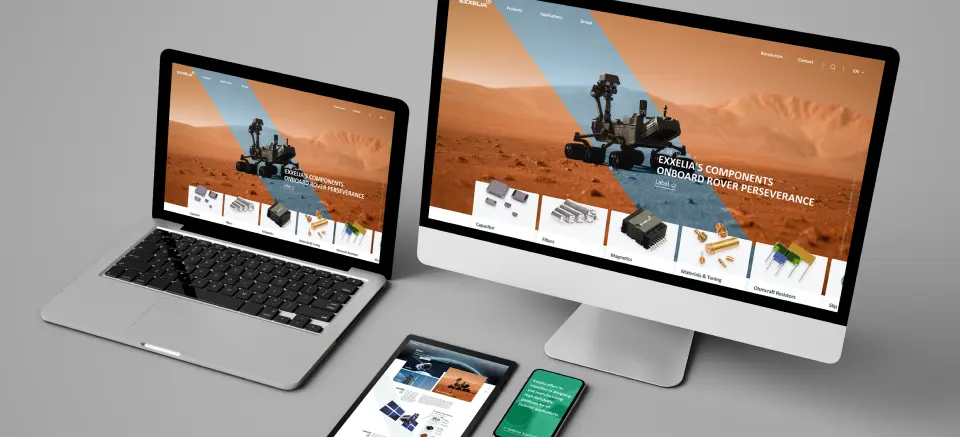
High Capacitance
Filtre
Capacitance
10nF
6.8µF
Tolerance
±1%
±2%
+ 3 more
Mounting
SMD
DIL
Capacitance
1.2µF
68µF
Tolerance
±10%
±20%
Mounting
SMD
DIL
Capacitance
100nF
180µF
Tolerance
±10%
±20%
Mounting
SMD
DIL
Capacitance
47nF
27µF
Tolerance
±10%
±20%
Mounting
SMD
Capacitance
1µF
1000µF
Tolerance
-
Mounting
SMD DIL Screw
Capacitance
47nF
27µF
Tolerance
±10%
±20%
Mounting
SMD
Capacitance
47nF
390µF
Tolerance
±10%
±20%
Mounting
Radial
Ribbon
+ 1 more
Capacitance
100nF
180µF
Tolerance
±10%
±20%
Mounting
Radial
Capacitance
47nF
180µF
Tolerance
±10%
±20%
Mounting
Radial
Capacitance
10nF
680nF
Tolerance
±1%
±2%
+ 3 more
Mounting
Radial
|
Name
|
Download
|
Capacitance
|
Voltage Rated AC
|
Tolerance
|
Mounting
|
Operating Temp
|
RoHS
|
Voltage Rated DC
|
Case size
|
|---|---|---|---|---|---|---|---|---|---|
| CEC5X Series | 10nF ~ 6.8µF | - | ±1%, ±2%, ±5%, ±10%, ±20% | SMD, DIL | -55°C ~ 125°C | ROHS, Non ROHS | 63V ~ 500V | 5550, 3033, 3740, 6080, 8060, 80150, 40140 | |
| CNC3X Series | 1.2µF ~ 68µF | - | ±10%, ±20% | SMD, DIL | -55°C ~ 125°C | ROHS, Non ROHS | 16V ~ 25V | 2220, 2528, 3333, 4040 | |
| CNC5X Series | 100nF ~ 180µF | - | ±10%, ±20% | SMD, DIL | -55°C ~ 125°C | ROHS, Non ROHS | 63V ~ 500V | 5550, 3033, 3740, 6080, 8060, 80150, 40140 | |
| CNC8X Series (Chips) | 47nF ~ 27µF | - | ±10%, ±20% | SMD | -55°C ~ 125°C | ROHS, Non ROHS | 63V ~ 400V | 3333, 4040, 5440, 6560, 3080, 33110 | |
| CNC8X Series (STACK) | 47nF ~ 180µF | - | ±10%, ±20% | SMD, DIL | -55°C ~ 125°C | ROHS, Non ROHS | 63V ~ 400V | 3333, 4040, 5440, 6560, 3080, 33110, 80150 | |
| Miniature Micro-Layer Capacitors | 1µF ~ 1000µF | - | - | SMD DIL Screw | -55°C ~ 140°C | ROHS, Non ROHS | 100V ~ 1200V | - | |
| R Series (Chips) | 47nF ~ 27µF | - | ±10%, ±20% | SMD | -55°C ~ 125°C | ROHS, Non ROHS | 50V ~ 500V | 2225, 5550, 6560, 3033, 3740, 6080, 8060, 45107 | |
| R Series (Leaded) | 47nF ~ 27µF | - | ±10%, ±20% | Radial | -55°C ~ 125°C | ROHS, Non ROHS | 50V ~ 500V | - | |
| SC / SV Series | 47nF ~ 390µF | - | ±10%, ±20% | Radial, Ribbon, DIL SMD | -55°C ~ 125°C | ROHS, Non ROHS | 50V ~ 500V | 2225, 5550, 6560, 3033, 3740, 6080, 8060, 45107, 45214, 80150, 125205 | |
| TCN8X Series | 470nF ~ 120µF | - | ±10%, ±20% | Radial | -55°C ~ 125°C | ROHS, Non ROHS | 63V ~ 500V | - | |
| TCP/TCV 5X Series (TCP54) | 100nF ~ 180µF | - | ±10%, ±20% | Radial | -55°C ~ 125°C | ROHS, Non ROHS | 63V ~ 500V | 5550, 3033, 3740, 6080, 8060, 80150, 40140 | |
| TCP/TCV 8X Series | 47nF ~ 180µF | - | ±10%, ±20% | Radial | -55°C ~ 125°C | ROHS, Non ROHS | 63V ~ 400V | 3333, 4040, 5440, 6560, 3080, 80150 | |
| TEF Series | 10nF ~ 680nF | - | ±1%, ±2%, ±5%, ±10%, ±20% | Radial | -55°C ~ 125°C | ROHS, Non ROHS | 63V ~ 500V | - |

CEC5X Series
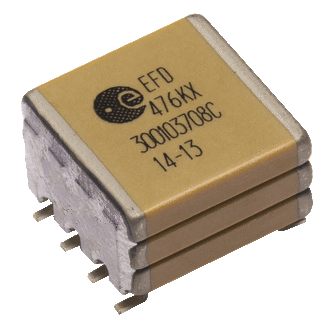
CNC3X Series
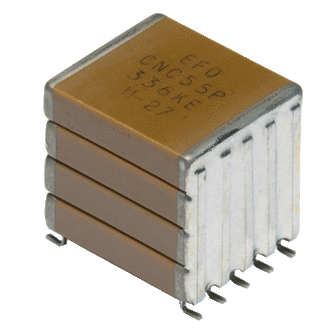
CNC5X Series
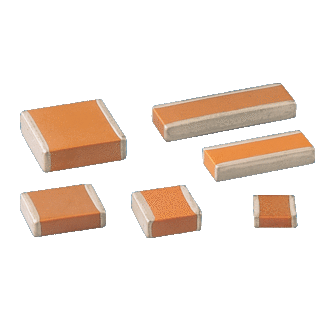
CNC8X Series (Chips)
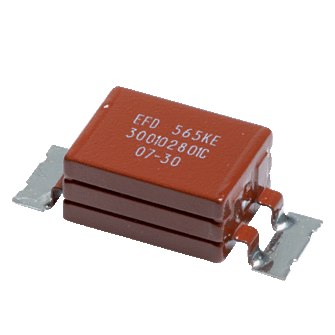
CNC8X Series (STACK)
Filtering
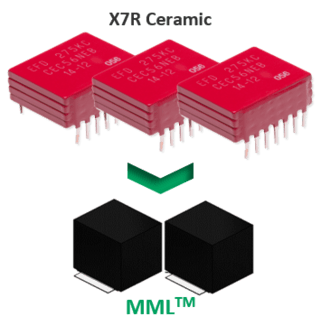
Miniature Micro-Layer Capacitors
Space
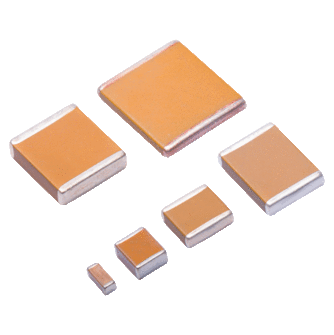
R Series (Chips)

R Series (Leaded)
Miniaturization
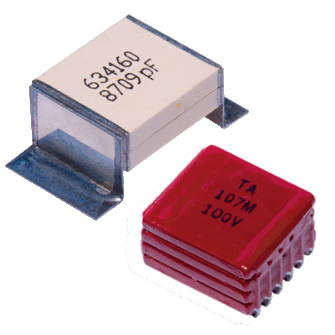
SC / SV Series
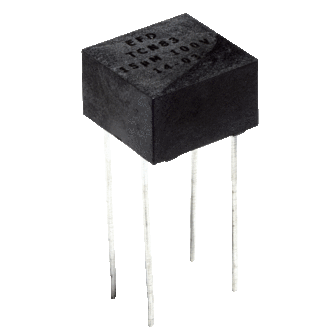
TCN8X Series
High capacitance
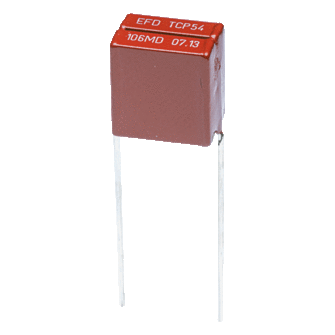
TCP/TCV 5X Series (TCP54)

TCP/TCV 8X Series

TEF Series
High Capacitance
High capacitance capacitors have been developed for switched mode power supply (S.M.P.S.) and DC-DC converters applications. Exxelia high capacitance capacitors use advanced ceramic technology to combine Hi-Rel long operating lifetime and small size. They are designed for hybrid assemblies and low profile printed circuit applications.
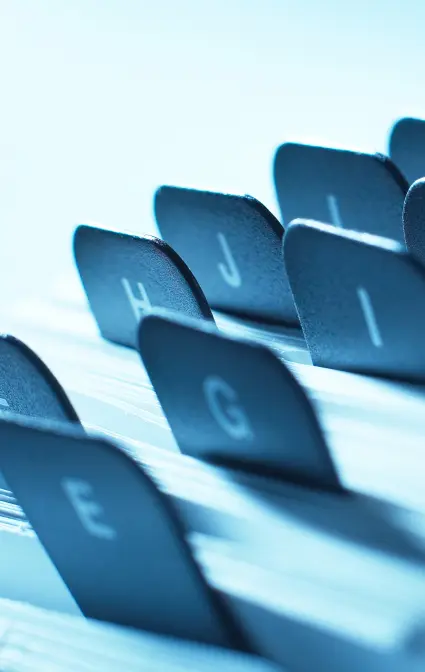
Frequently Asked Questions
Find answers to the most frequently asked questions about our products and services.
Still have questions ?
Can’t find the answer you’re looking for ? Please contact with our customer service
Contact


